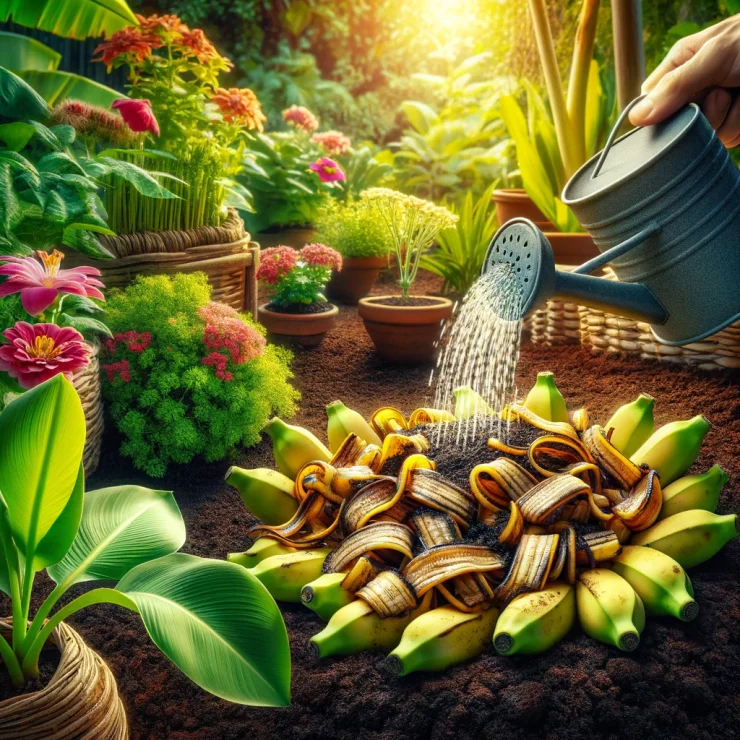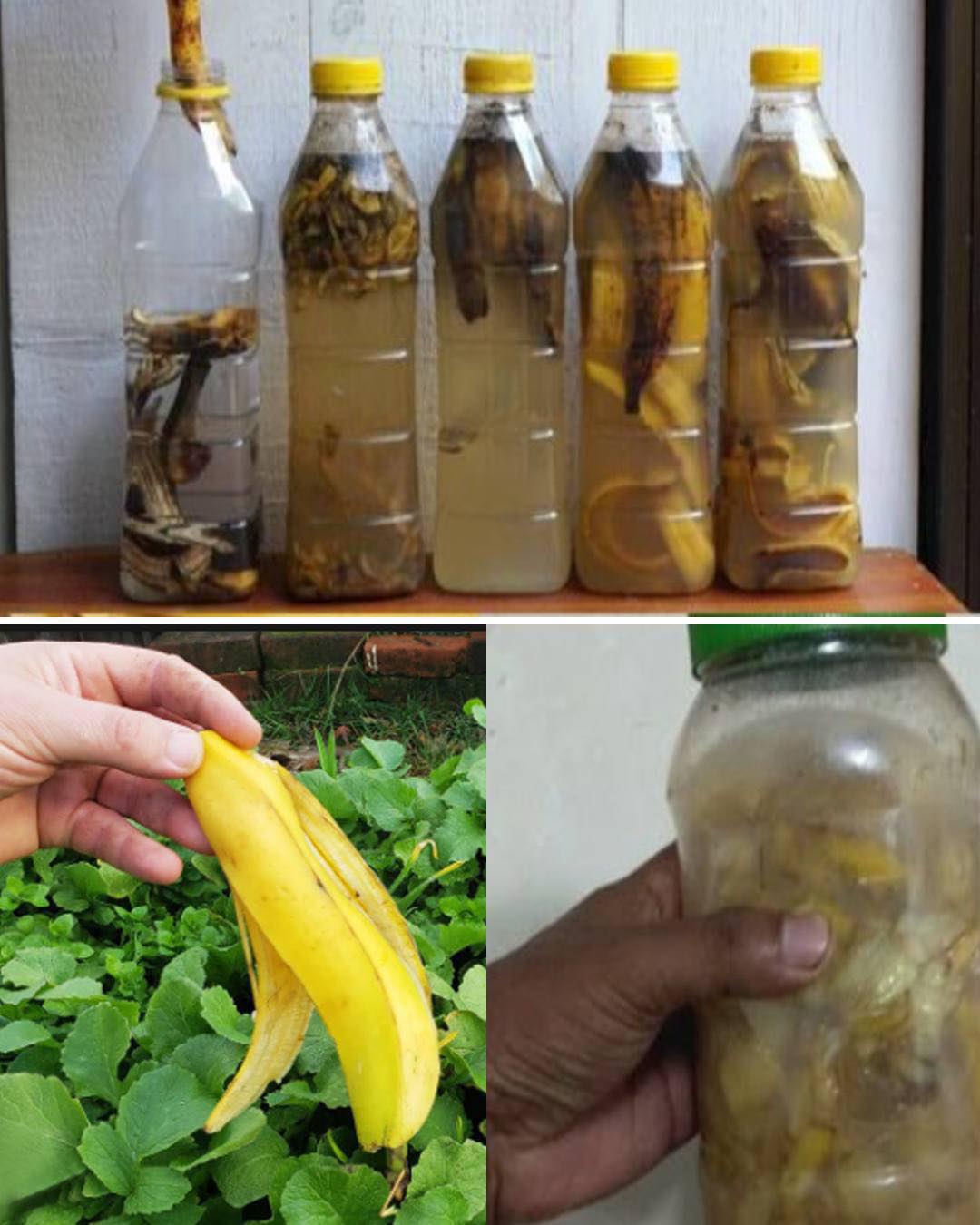Banana peels are a fantastic, eco-friendly resource for enriching your garden soil. Rich in potassium, phosphorus, and calcium, they provide essential nutrients that help in the growth and health of plants. Instead of throwing away your banana peels, turn them into an effective, homemade fertilizer with this simple guide.
The Importance of Banana Peel Fertilizer
Banana peels are more than just waste. They’re packed with nutrients that plants crave, particularly potassium, which is vital for flower and fruit development, disease resistance, and overall plant strength. By making banana peel fertilizer, you’re not only recycling kitchen scraps but also providing your plants with a natural, chemical-free boost.
Banana peels
A jar or container with a lid
Water
A blender (optional)
A strainer (if making liquid fertilizer)
Method 1: Direct Application
Step 1: Collect your banana peels.
Step 2: Cut them into small pieces to speed up decomposition.
Step 3: Bury the pieces near the roots of your plants, or simply spread them on top of the soil as mulch.

As they decompose, the peels will release nutrients into the soil, feeding your plants.
Method 2: Banana Peel Tea
This liquid fertilizer is gentle enough to use on most plants and provides a quick nutrient boost.
Step 1: Fill a jar with water and add the banana peels. Aim for a ratio of one peel per two cups of water.
Step 2: Let the mixture sit for about 48 hours. During this time, the water will leach nutrients from the peels.
Step 3: After two days, strain the liquid to remove the peels. Your banana peel tea is ready to use.
Step 4: Dilute the tea with an equal amount of water and water your plants with it. Apply directly to the soil around your plants.
Method 3: Banana Peel Powder
For a dry, store-able version of banana peel fertilizer, try making a powder.
Step 1: Dry the banana peels. You can do this by laying them out in the sun, using an oven at a low temperature, or a dehydrator.
Step 2: Once the peels are completely dry and brittle, grind them into a powder using a blender or food processor.
Step 3: Sprinkle the powder directly onto the soil or mix it into your potting soil.
Tips for Using Banana Peel Fertilizer
Use in moderation: While banana peel fertilizer is beneficial, too much can overwhelm your plants. Use sparingly, especially with the liquid and powder forms.
Combine with other compost materials: For the best results, use banana peel fertilizer as part of a balanced compost mix.
Experiment with different plants: Observe how different plants respond to banana peel fertilizer and adjust your usage accordingly.
Making banana peel fertilizer is an easy, sustainable way to provide your plants with essential nutrients. Whether you choose to apply the peels directly, make a nutrient-rich tea, or create a convenient powder, your garden will benefit from this natural, homemade fertilizer. Give your plants the boost they need while reducing kitchen waste and promoting a healthier environment.





